How to Target Redfish in Shallow Waters
The shallow waters of coastal estuaries, marshes, and flats offer some of the most exciting fishing opportunities for anglers seeking the copper-colored prize of redfish. Also known as red drum, these powerful game fish are renowned for their distinctive spot near the tail and their aggressive feeding habits in skinny water. Targeting redfish in depths of less than three feet requires specific techniques, keen observation skills, and an understanding of their behavior patterns. Whether you’re a seasoned angler or new to the pursuit of these magnificent fish, mastering the art of shallow water redfish fishing can provide some of the most visual and thrilling experiences on the water. This guide will walk you through everything you need to know to successfully target redfish in their shallow water haunts.
Understanding Redfish Behavior in Shallow Waters
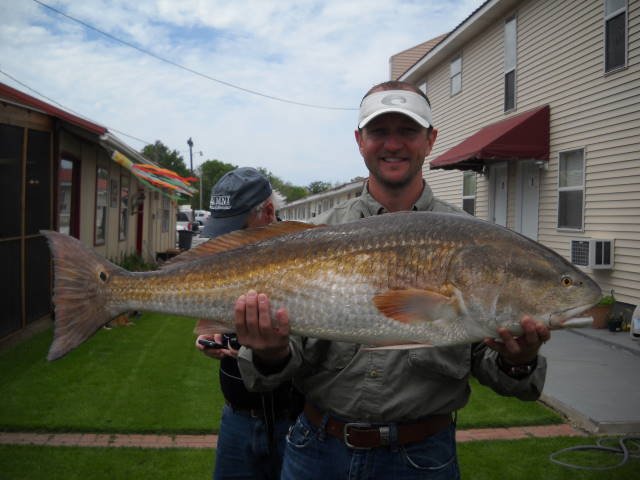
Redfish enter shallow waters primarily to feed, taking advantage of abundant prey like crabs, shrimp, and small baitfish that inhabit these ecosystems. During high tides, they push into flooded marshes and grass flats to root out food that becomes newly accessible. Their feeding behavior in shallow water is distinctive – you’ll often spot their copper backs or tails breaking the surface as they tip down to forage along the bottom, a phenomenon known as “tailing.” Redfish are particularly active in shallow waters during dawn and dusk, though they can be found there throughout the day depending on tide conditions and weather patterns. Understanding these behavioral patterns is crucial for determining when and where to focus your fishing efforts.
Essential Gear for Shallow Water Redfish

Successful shallow water redfish angling begins with the right equipment tailored to these specific conditions. A medium-action 7-foot spinning rod paired with a 2500-3000 series reel spooled with 10-15 pound braided line provides the perfect balance of casting distance and fighting power. For fly anglers, an 8-weight rod with a weight-forward floating line is ideal for delivering flies accurately in windy coastal conditions. Terminal tackle should include fluorocarbon leaders in the 20-30 pound range to resist abrasion from oyster beds and other structure. When selecting hooks, opt for strong, sharp options like 1/0 to 3/0 circle hooks that improve hook-up ratios and make catch-and-release easier on the fish. Finally, consider investing in a shallow-draft skiff, kayak, or paddle board that allows quiet approaches in minimal water depths.
Reading the Water for Redfish Signs
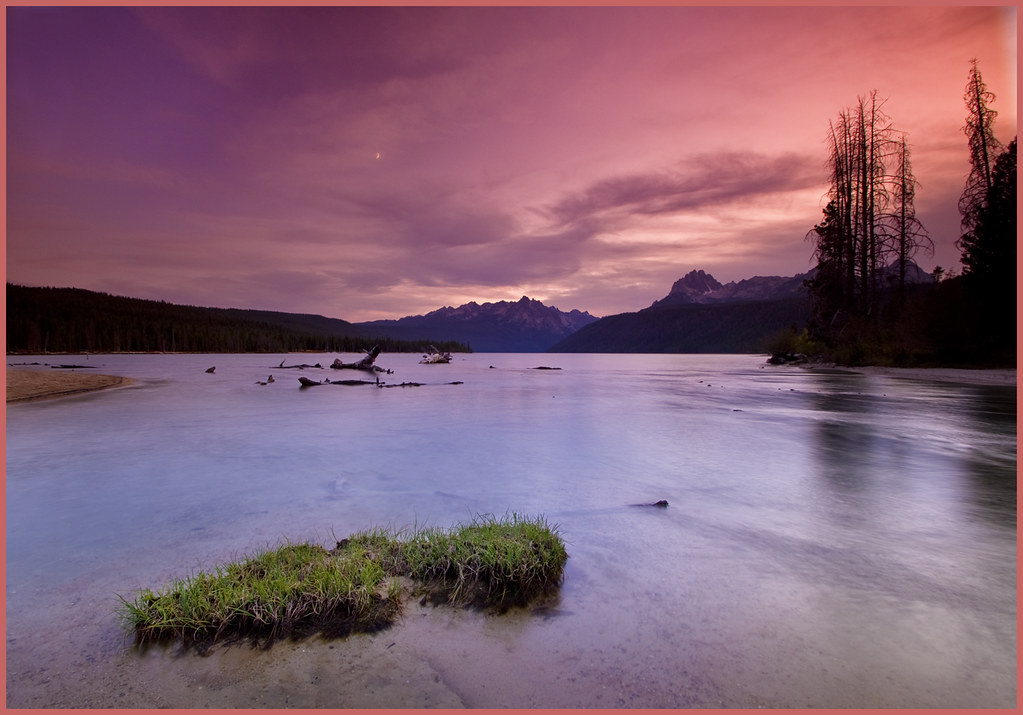
Developing the ability to read shallow water is perhaps the most valuable skill for consistently finding redfish. Look for nervous water, slight movements, or pressure waves that indicate redfish movement, often appearing as V-shaped wakes pushing across the flats. Mud boils or cloudy water patches can signal where redfish have recently disturbed the bottom while feeding. Pay special attention to “nervous water” where baitfish are congregating or fleeing, as this often indicates predators like redfish are nearby. Exposed tails, dorsal fins, or even copper-colored backs breaking the surface are the most obvious and exciting signs to spot, especially on very calm days with good light conditions. Training your eyes to notice these subtle indicators dramatically increases your chances of encountering redfish in the shallows.
Tidal Strategies for Shallow Water Success
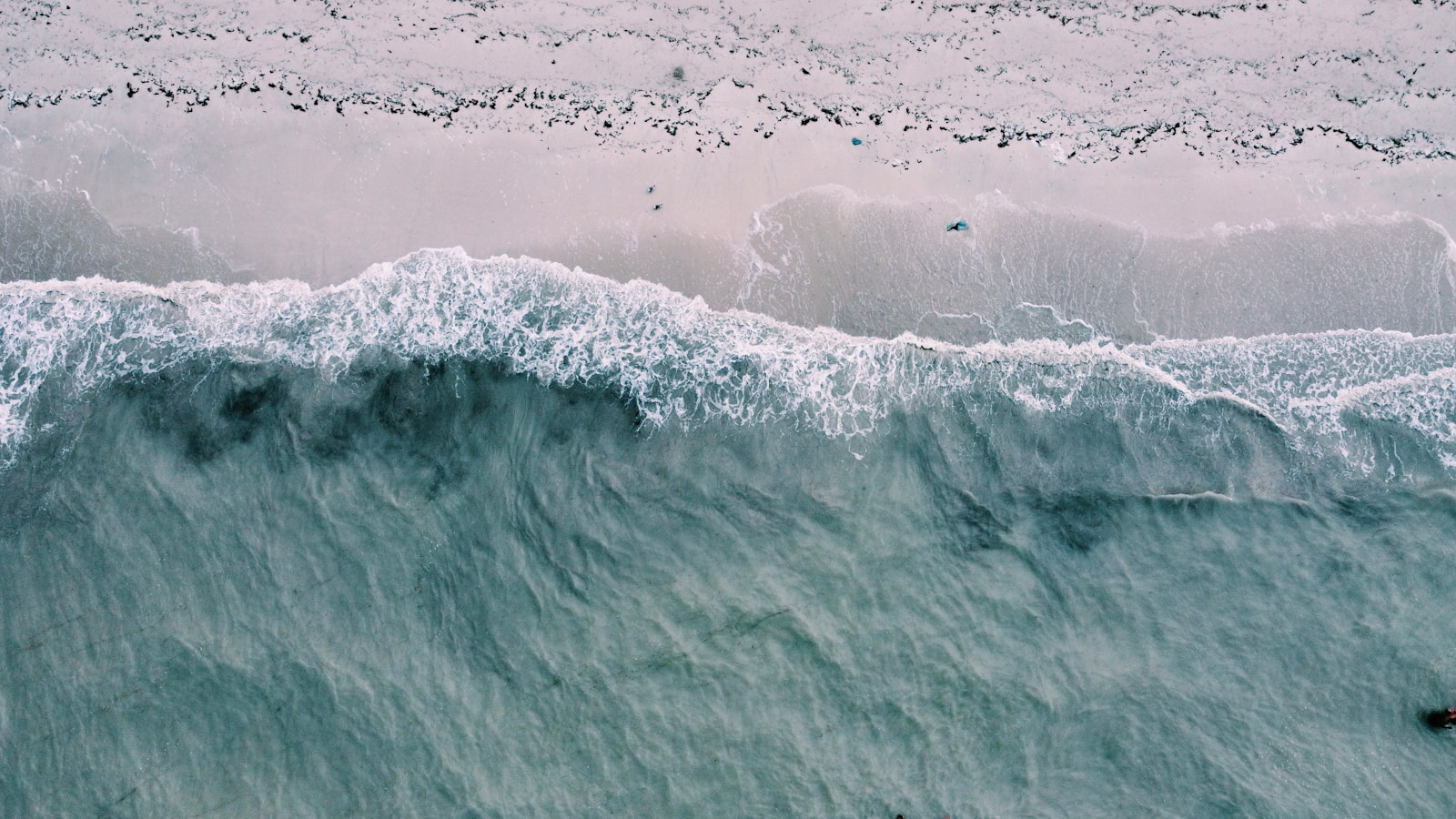
Understanding tidal movements is fundamental to consistently targeting redfish in shallow waters, as these fish adjust their locations and feeding patterns according to water level changes. Incoming tides push redfish onto shallow flats and into flooded marshes where they actively pursue newly accessible prey. The last two hours of rising tide and first two hours of falling tide often provide the most productive fishing windows as redfish concentrate on feeding during these transition periods. During extreme low tides, focus on slightly deeper pockets, channels, and depressions where redfish gather as water recedes from the flats. Experienced anglers often develop “tide schedules” for specific areas, knowing exactly when redfish will move into and out of certain shallow water zones based on local tidal patterns. Remember that wind direction and strength can significantly affect actual water levels, sometimes overriding predicted tide charts.
Best Artificial Lures for Shallow Water Redfish
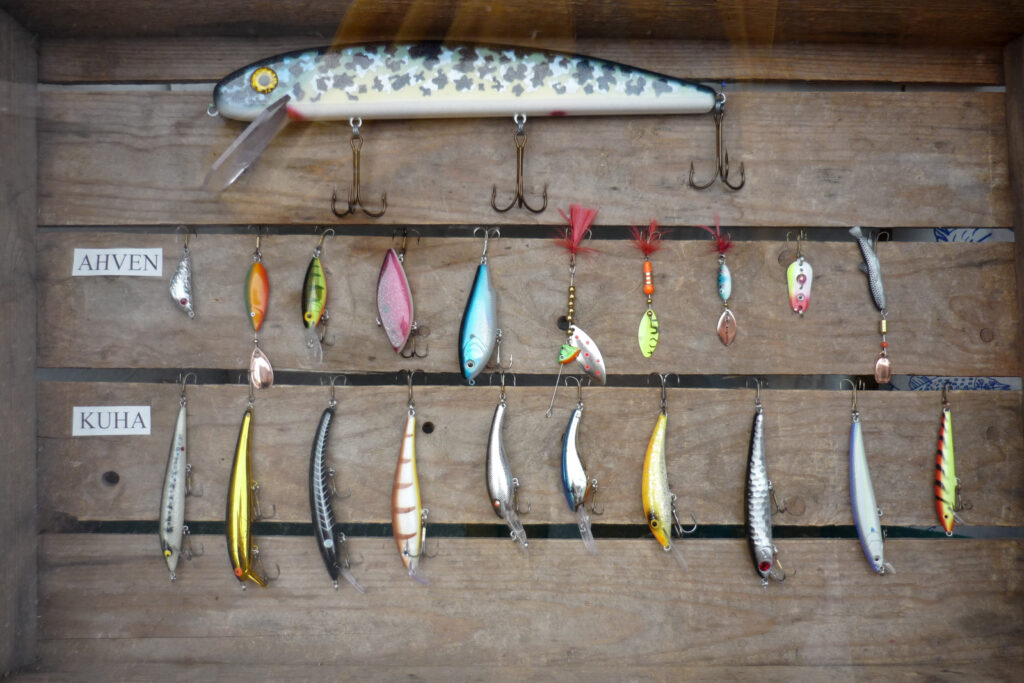
When targeting redfish in skinny water, select artificial lures that can be worked effectively without snagging bottom structure while still creating enough disturbance to attract attention. Weedless spoons in gold or copper finishes are longtime favorites, allowing for presentations across grass flats and around structure without hanging up. Soft plastic paddle tails on lightweight jigheads (1/8 to 1/4 oz) in natural colors like brown, tan, or white consistently produce strikes when worked with a steady retrieve just above the bottom. Topwater plugs like Zara Spooks or popping cork setups create surface commotion that can trigger explosive strikes during low-light conditions or when redfish are actively feeding. For extremely shallow scenarios (under 12 inches), consider weightless soft plastics like jerk baits or lightly weighted weedless setups that can be worked just under the surface without disturbing the water column.
Live Bait Selection and Presentation
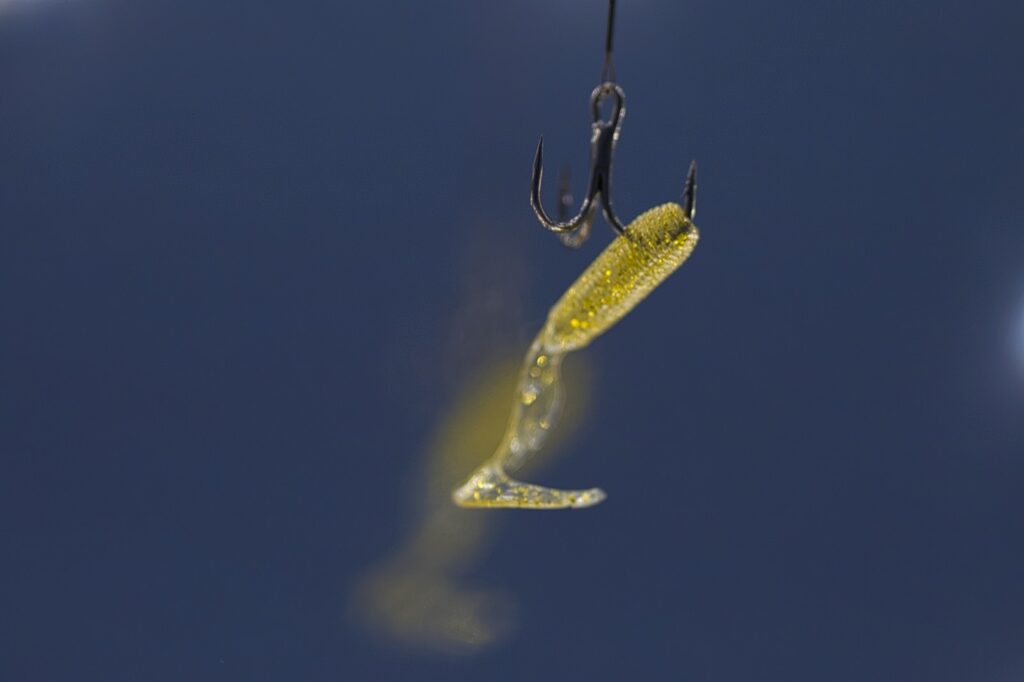
Live bait remains the gold standard for targeting redfish in shallow waters, consistently producing results even when fish are reluctant to strike artificial offerings. Live shrimp presented under a popping cork or free-lined is perhaps the most versatile option, appealing to redfish across all conditions and seasons. Small blue crabs with their points removed and threaded onto a circle hook represent the ultimate trophy redfish bait, especially during summer and fall when redfish actively target crustaceans. Finger mullet, pilchards, or other small baitfish rigged on a light jighead or free-lined hook create a natural presentation that redfish find irresistible, particularly around structure. When using live bait in very shallow water, consider scaling down your weights or eliminating them entirely, allowing for the most natural presentation possible without spooking nearby fish.
Fly Fishing Techniques for Shallow Redfish
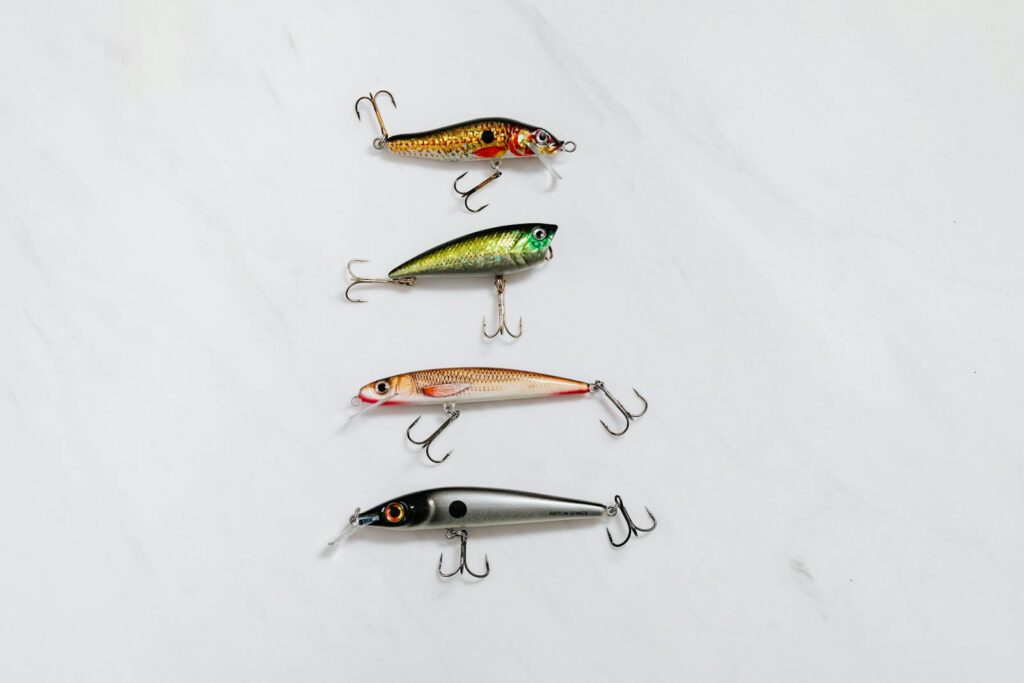
Fly fishing for shallow water redfish represents the pinnacle of the sport for many anglers, combining hunting and fishing in a visual and technical pursuit. Select flies that push water and create vibration, such as Clouser minnows, spoon flies, or crab patterns in sizes 2-4 that match the local forage. The presentation is critical – lead moving fish by several feet, allowing your fly to settle before they approach, then use short, deliberate strips to animate the fly as the fish draws near. For tailing redfish with their heads down feeding, place your cast beyond the fish and strip it into their field of vision, being careful not to line them with your fly line. Mastering the quick, accurate casts required for shallow water redfish often demands practice with both forehand and backhand deliveries to account for changing wind directions. Remember that stealth is paramount – a poorly timed false cast or heavy fly landing can spook redfish in skinny water.
Sight Fishing Strategies

Sight fishing represents the most exciting approach to shallow water redfish, relying on visually locating fish before making targeted presentations. Polarized sunglasses are non-negotiable equipment, with copper or amber lenses typically providing the best contrast for spotting redfish in varying water conditions. Position yourself with the sun at your back whenever possible, as this dramatically improves visibility by reducing glare and allowing you to see into the water. When a redfish is spotted, make a deliberate, accurate cast that places your offering beyond the fish’s line of travel, then work it into their path without spooking them. Patience is essential – sometimes waiting for the perfect casting angle or for a fish to turn toward your presentation makes the difference between success and failure. Advanced sight fishermen develop the ability to determine a redfish’s mood and feeding activity by observing subtle behaviors before making their presentation.
Approaching Shallow Water Without Spooking Fish
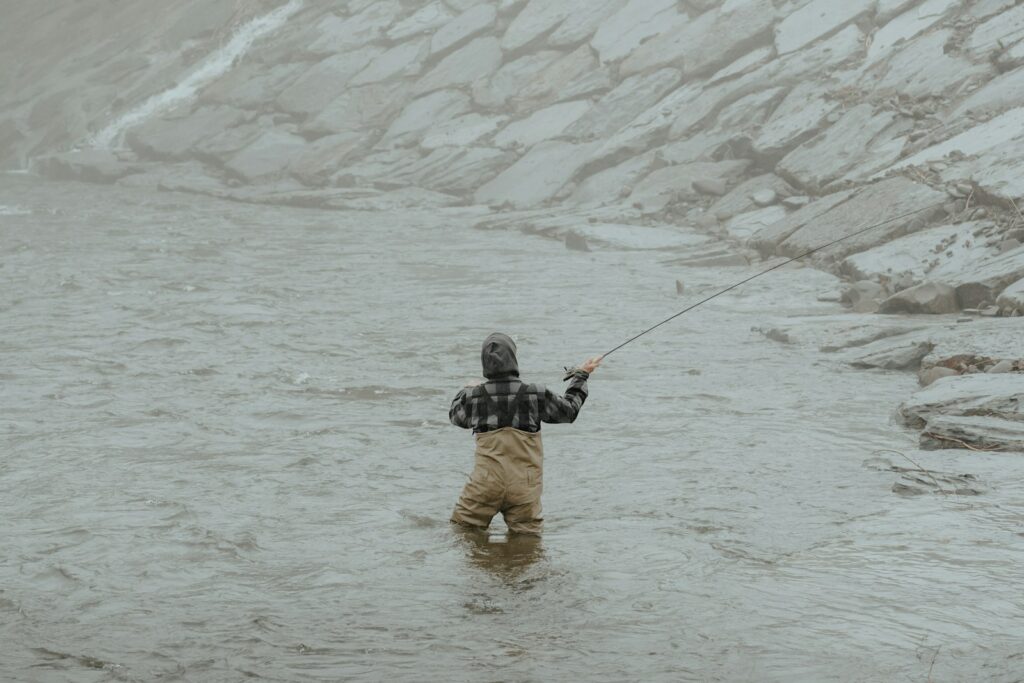
The stealthiest approach often yields the most productive fishing in shallow water redfish environments where these wary predators can detect even subtle disturbances. When wade fishing, move deliberately with slow, sliding footsteps rather than lifting your feet, which creates pressure waves that alert nearby fish. In vessels, utilize push poles or trolling motors on the lowest settings, and whenever possible, let momentum carry you into position rather than continuously powering forward. Plan your approach by considering wind direction and sun angle, ideally positioning yourself downwind of your target area with the sun at your back for better visibility. Minimize unnecessary movement and noise in the boat – avoid dropping items, slamming hatches, or excessive false casting that can alert redfish to your presence. The most successful shallow water anglers often employ a “less is more” approach, sometimes waiting motionless for fish to move into casting range rather than actively pursuing them.
Weather Conditions and Their Impact
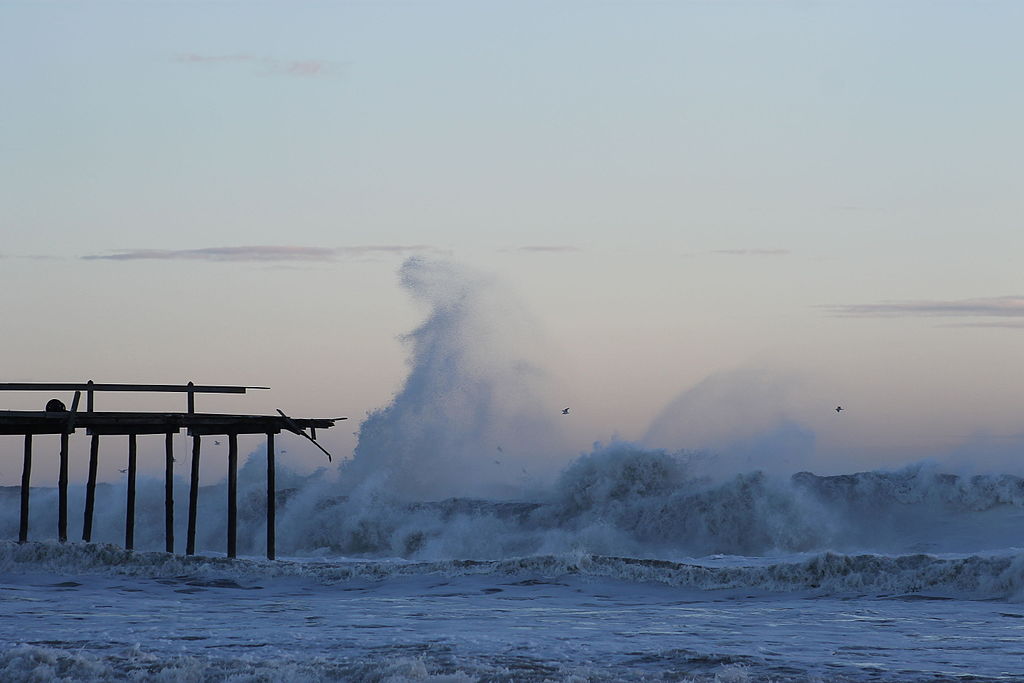
Weather patterns significantly influence redfish behavior in shallow waters, creating both challenges and opportunities for anglers who understand these effects. Strong cold fronts push redfish off the shallowest flats into slightly deeper potholes, channels, or depressions where water temperature remains more stable. Cloudy, overcast days often extend feeding periods and make redfish less wary, though they can make sight fishing more challenging without direct sunlight. Wind direction matters tremendously – winds pushing water onto flats (flooding) create prime feeding opportunities, while winds pushing water off flats (draining) concentrate redfish in deeper pockets. Hot summer conditions typically push redfish into their shallowest patterns during early morning and late evening, seeking cooler water during midday heat. Some of the most productive redfish fishing occurs during light rain, which disguises your presence and often triggers aggressive feeding behavior.
Seasonal Patterns for Shallow Water Redfish
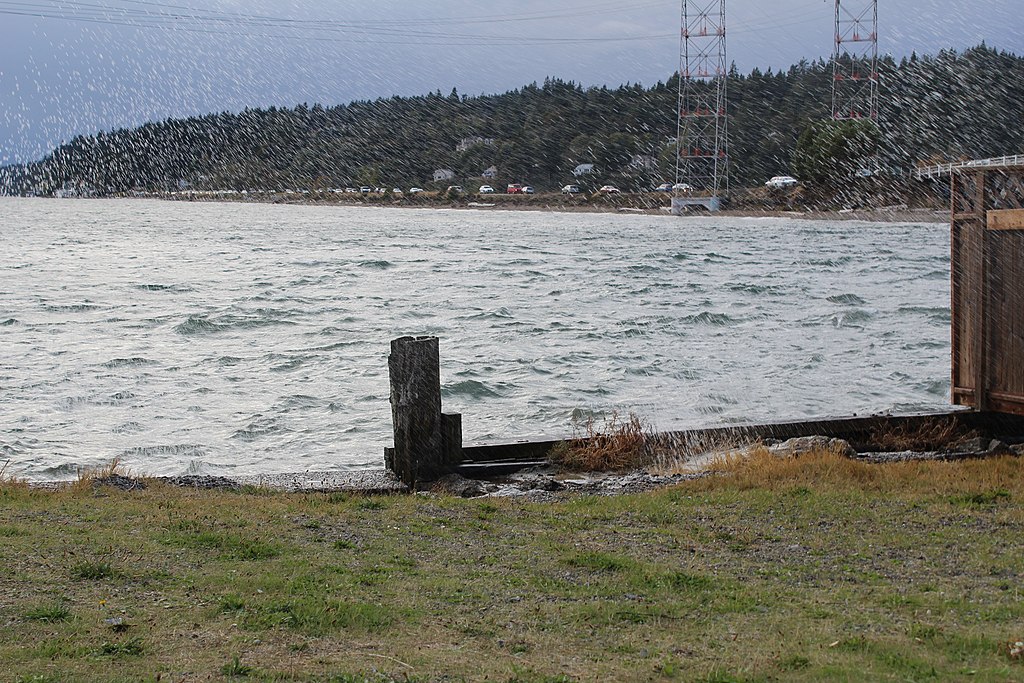
Redfish inhabit shallow waters year-round, but their specific locations and behaviors shift seasonally in ways that successful anglers must understand. Spring brings warming water temperatures that increase redfish metabolism and activity levels, making them more likely to chase faster-moving baits across shallow flats, particularly as baitfish become more abundant. Summer finds redfish in their shallowest patterns, often tailing in flooded grass during early mornings and late evenings, while seeking slightly deeper, cooler water during midday heat. Fall is prime time for shallow water redfish as they aggressively feed to build reserves for winter, often forming larger schools that can be tracked across flats. Winter concentrates redfish in deeper potholes, channels, and basins on the negative low tides, but they eagerly move onto sun-warmed flats during afternoon warming trends, especially on days following cold fronts.
Conservation Practices for Redfish
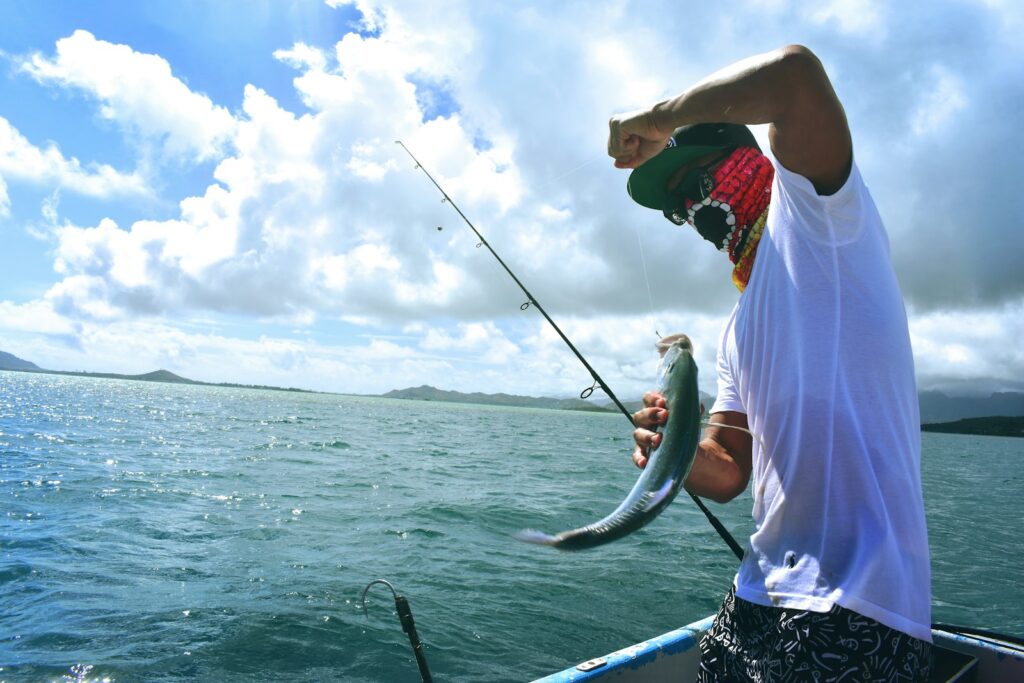
Responsible angling practices ensure healthy redfish populations for future generations, particularly important in vulnerable shallow water environments. Use appropriate tackle that allows for quick fights without exhausting fish to the point of mortality, especially during warmer months when dissolved oxygen levels may be lower. When handling redfish, always wet your hands first and support larger specimens horizontally rather than vertically to prevent internal damage to their organs. Consider using barbless hooks or crimping barbs to facilitate faster, less damaging releases, particularly when catch rates are high. Revive redfish properly before release by holding them upright in the water, gently moving them forward to push water across their gills until they swim away strongly on their own. Participate in tag-and-release programs when available, which provide valuable data to fisheries managers while allowing anglers to contribute to conservation efforts.
Advanced Techniques for Trophy Redfish
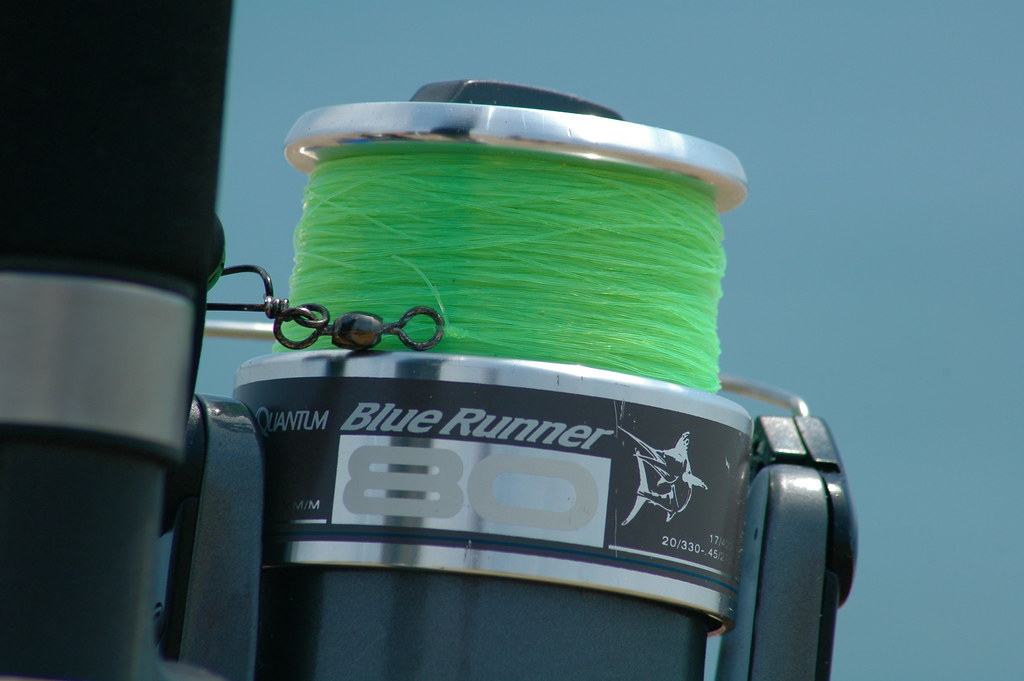
Targeting trophy-sized redfish in shallow water requires specialized approaches that differ from tactics used for average-sized fish. Focus on areas where larger redfish congregate, such as deeper edges adjacent to shallow flats, channel swings near oyster bars, or the first major drop-offs outside of marsh drains. Upgrade your tackle appropriately, using 30-40 pound fluorocarbon leaders and 3/0 to 5/0 hooks capable of handling fish potentially exceeding 30 pounds. Presentation changes significantly for trophy redfish – larger, more substantial baits like whole blue crabs, large mullet, or substantial soft plastics on heavier jigheads may be necessary to attract their attention. Exercise extreme patience when pursuing trophy specimens, as these older, more experienced fish are typically more cautious and may require multiple presentations or longer observation periods before committing to a strike. The most successful trophy redfish anglers develop intimate knowledge of specific areas where larger fish consistently appear during particular tide and weather conditions.
Mastering the art of targeting redfish in shallow waters combines elements of hunting and fishing in a pursuit that challenges and rewards anglers of all skill levels. By understanding redfish behavior, employing the right equipment, reading water conditions, and implementing the techniques outlined in this guide, you’ll be well-equipped to experience the thrill of a copper-sided redfish charging your lure in skinny water. Remember that success often comes to those who observe more than they cast, move quietly, and approach these remarkable gamefish with respect for both their intelligence and their environment. Whether you’re sight-casting to tailing fish in flooded grass or working a gold spoon along a marsh edge, few fishing experiences rival the excitement of connecting with redfish in shallow water.

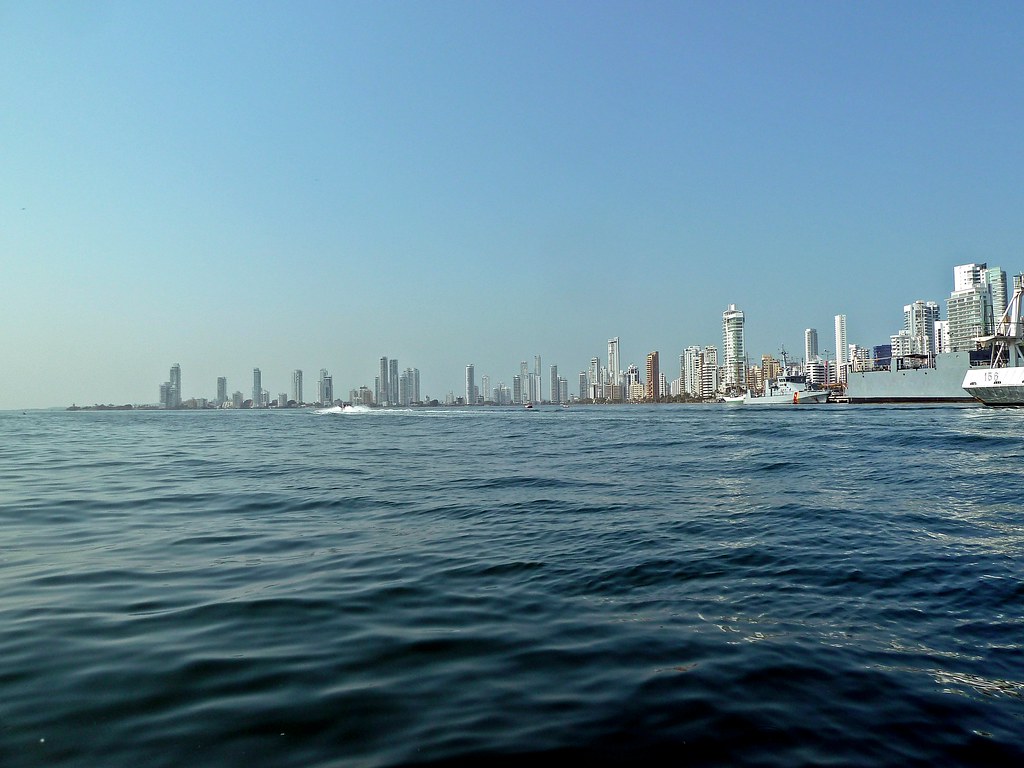

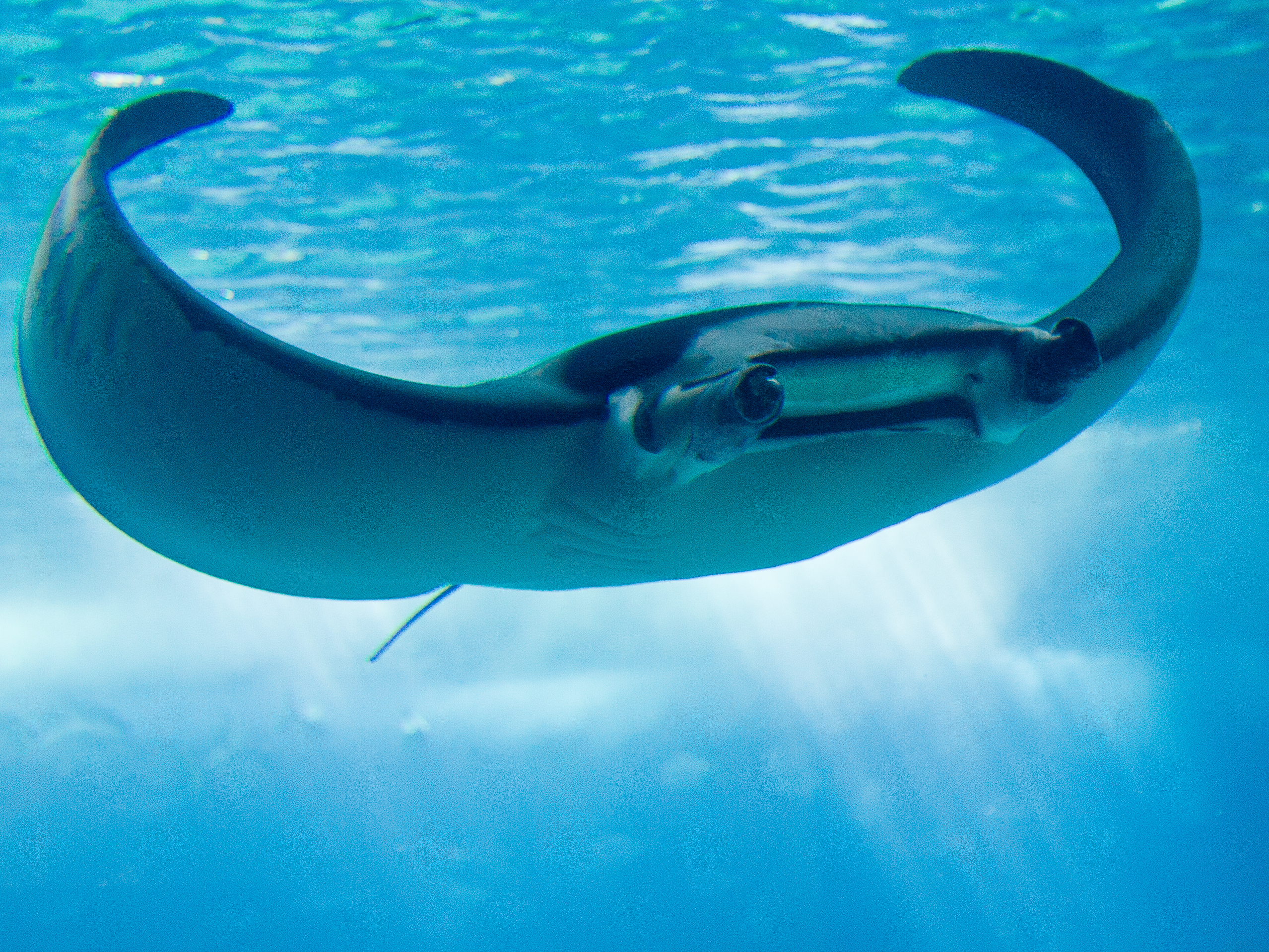
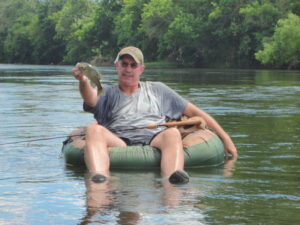
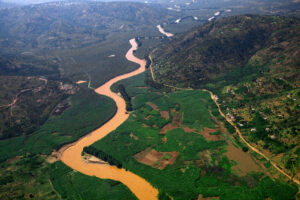








Post Comment